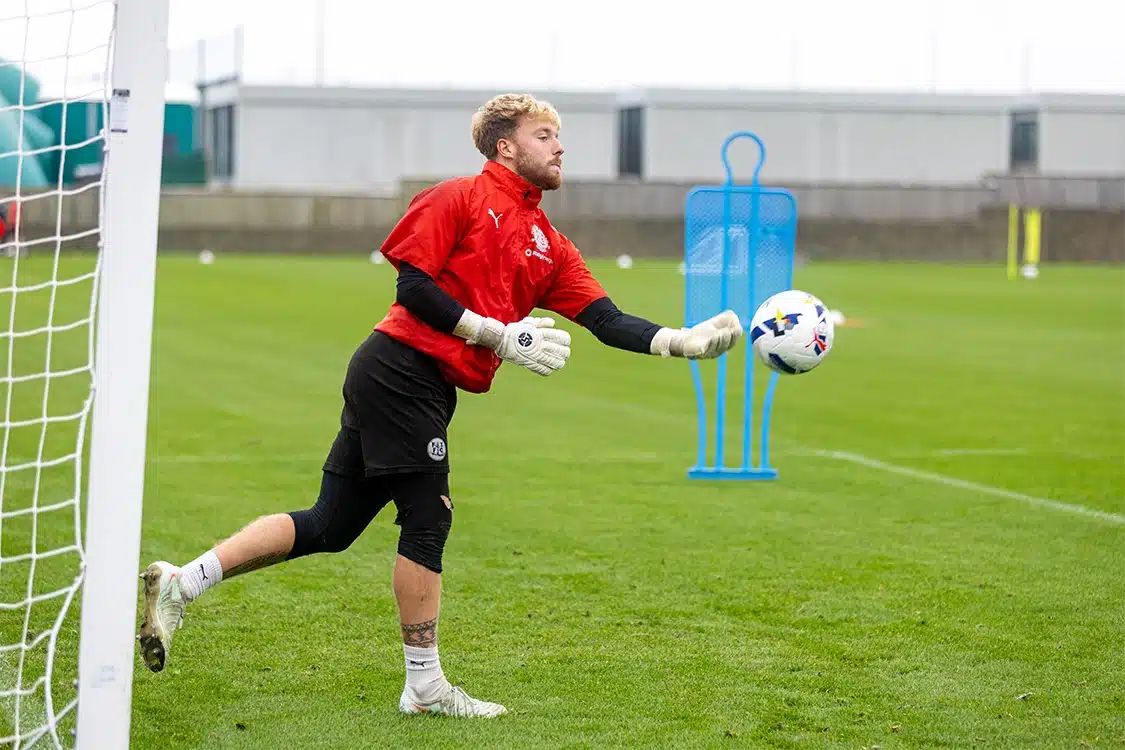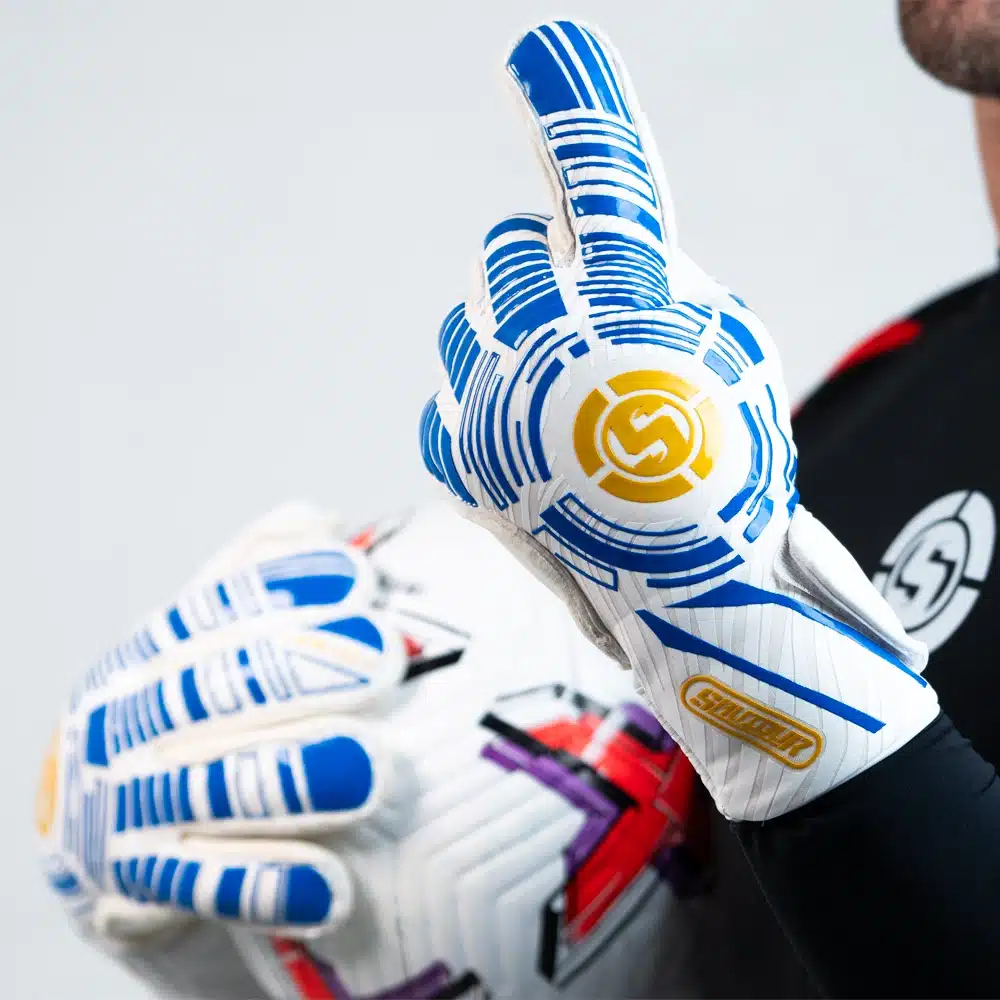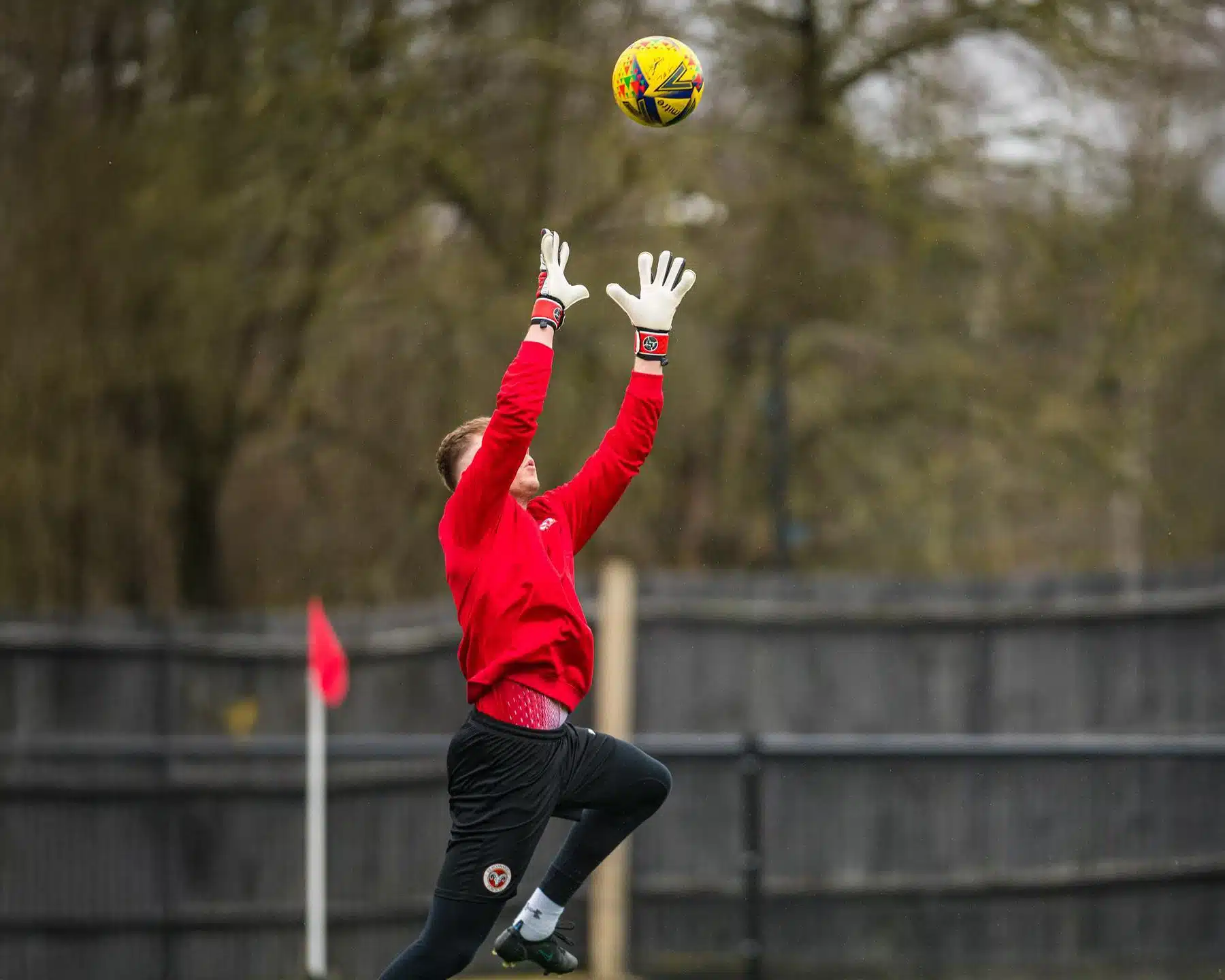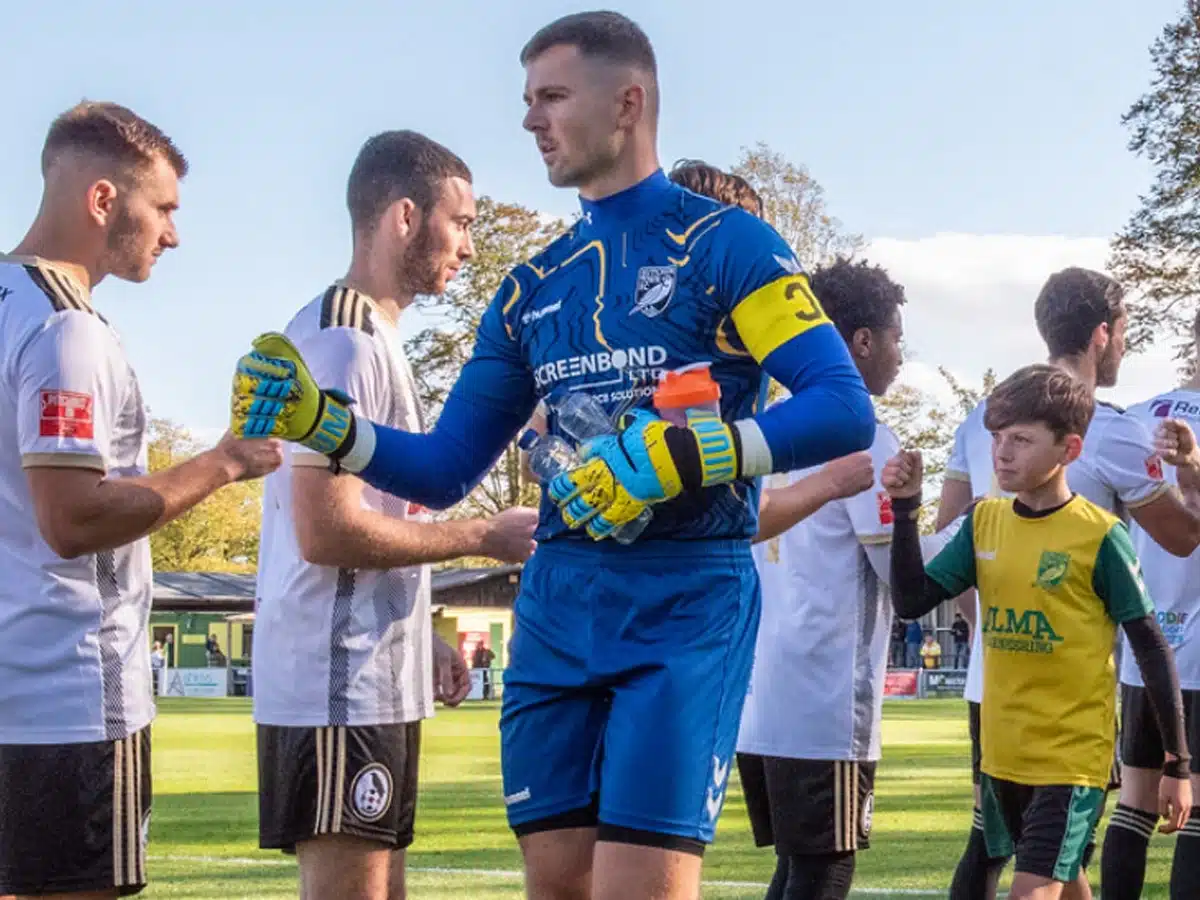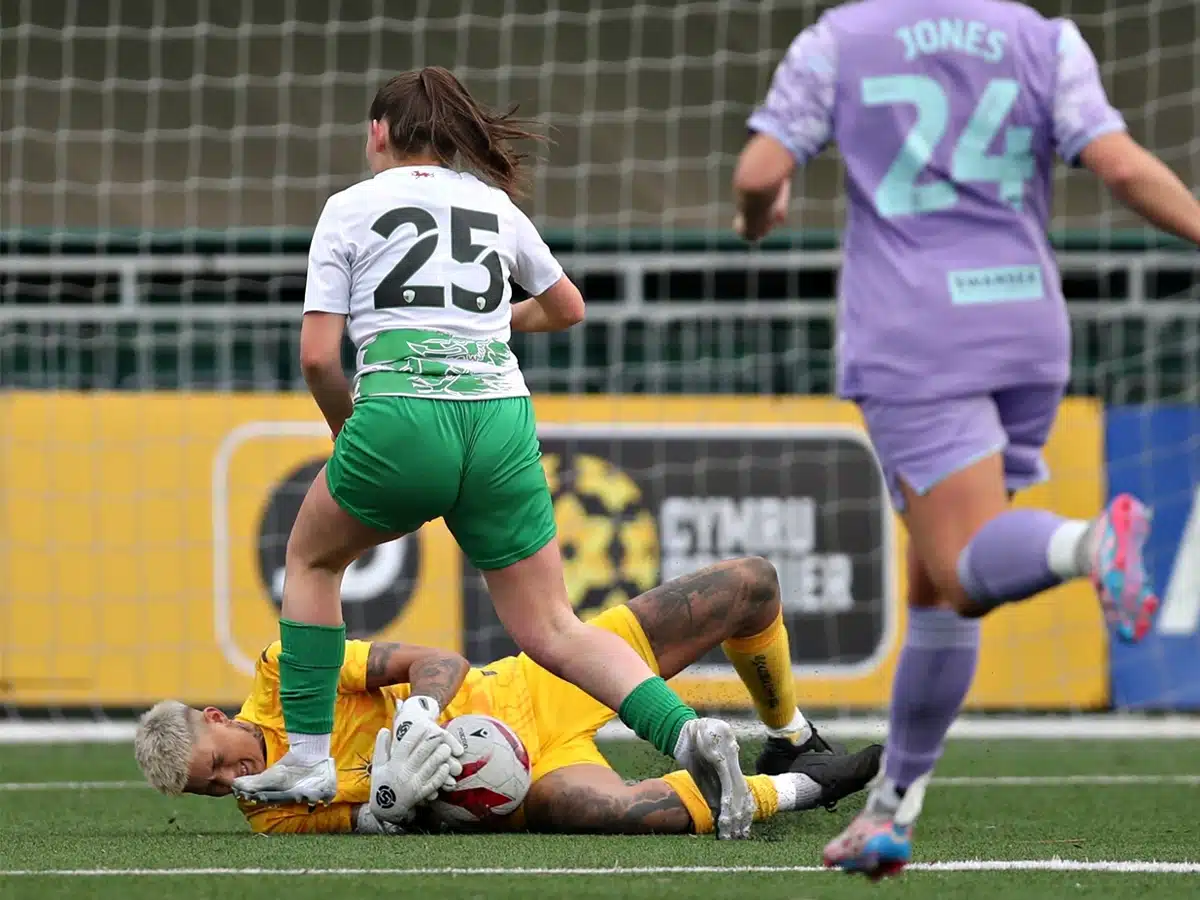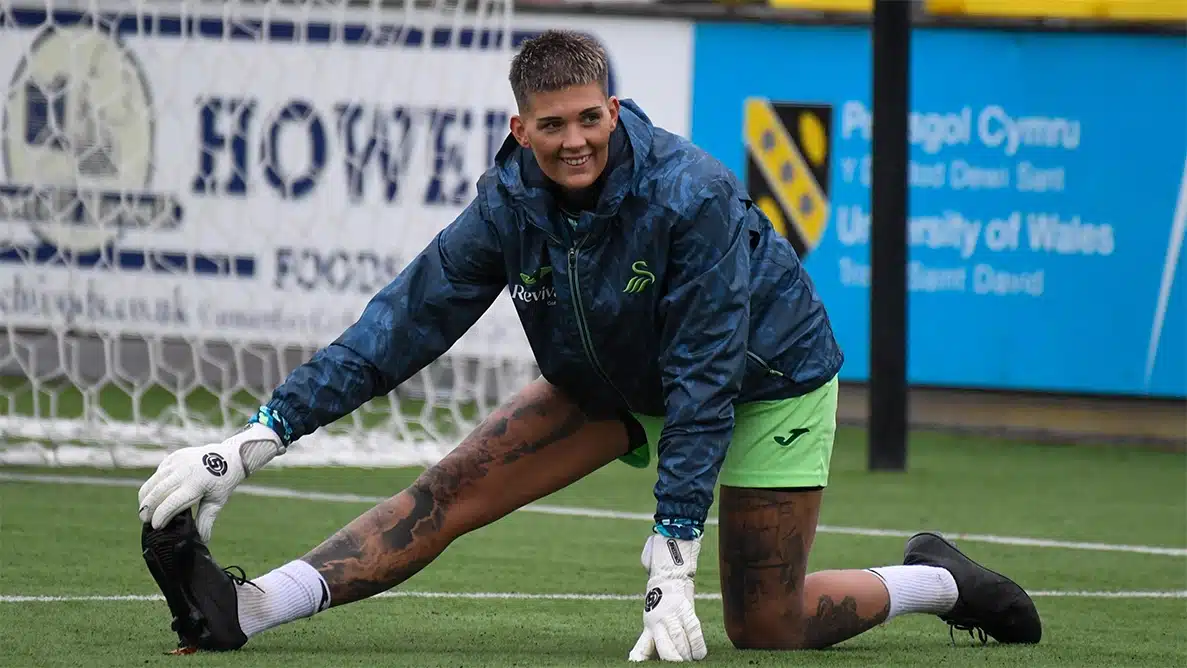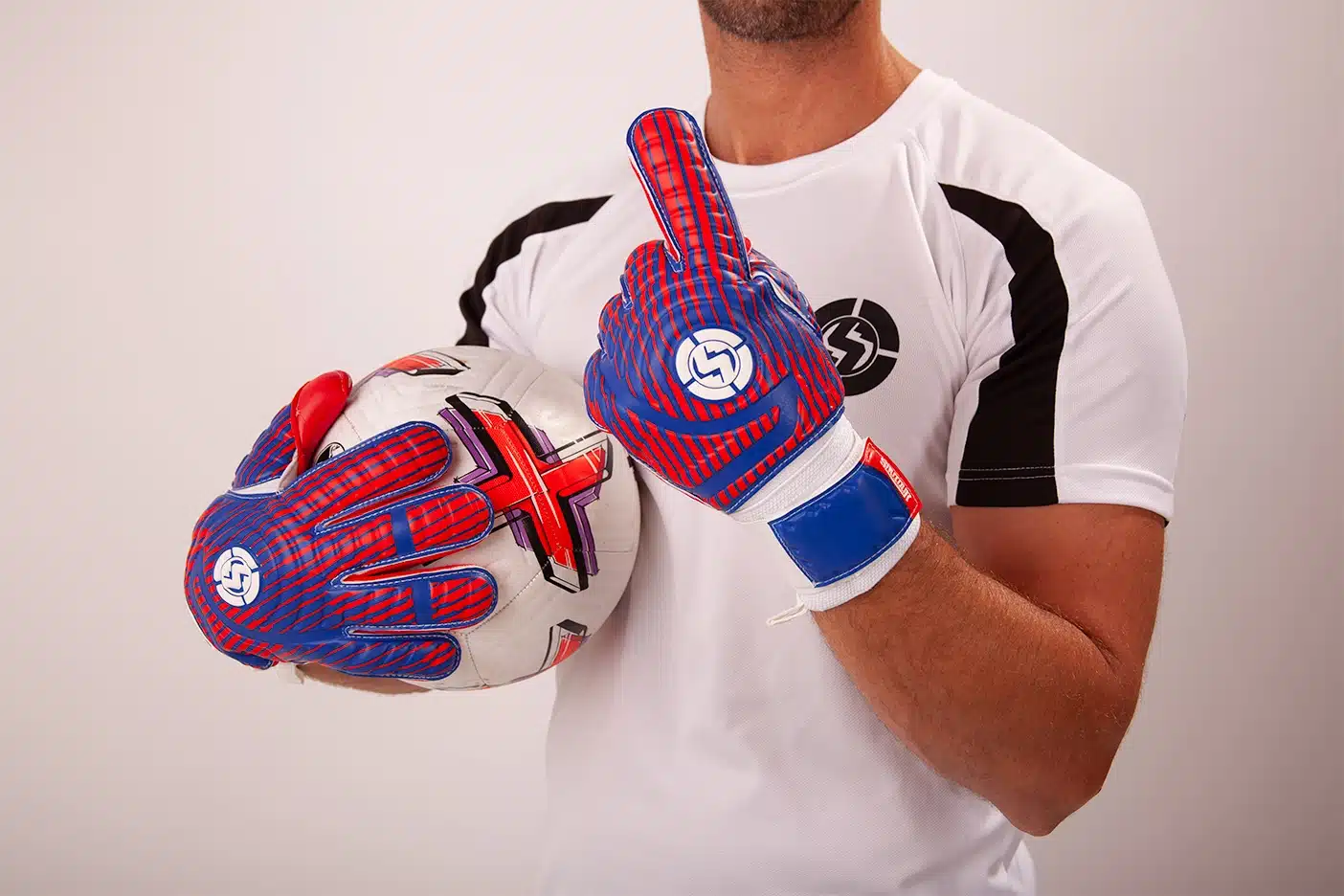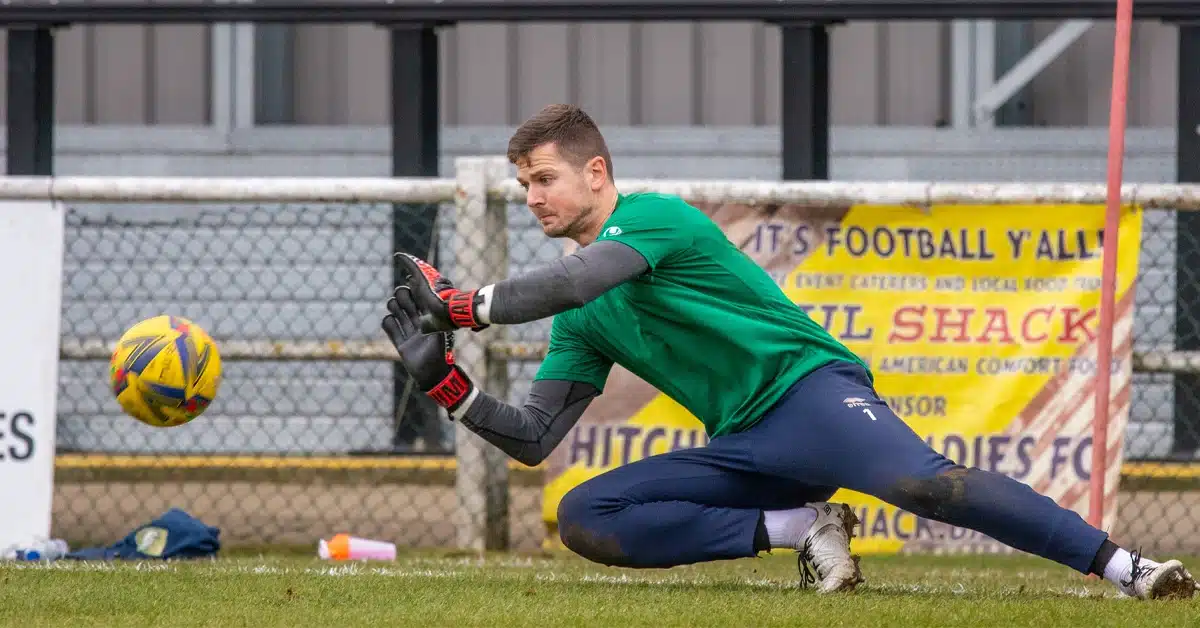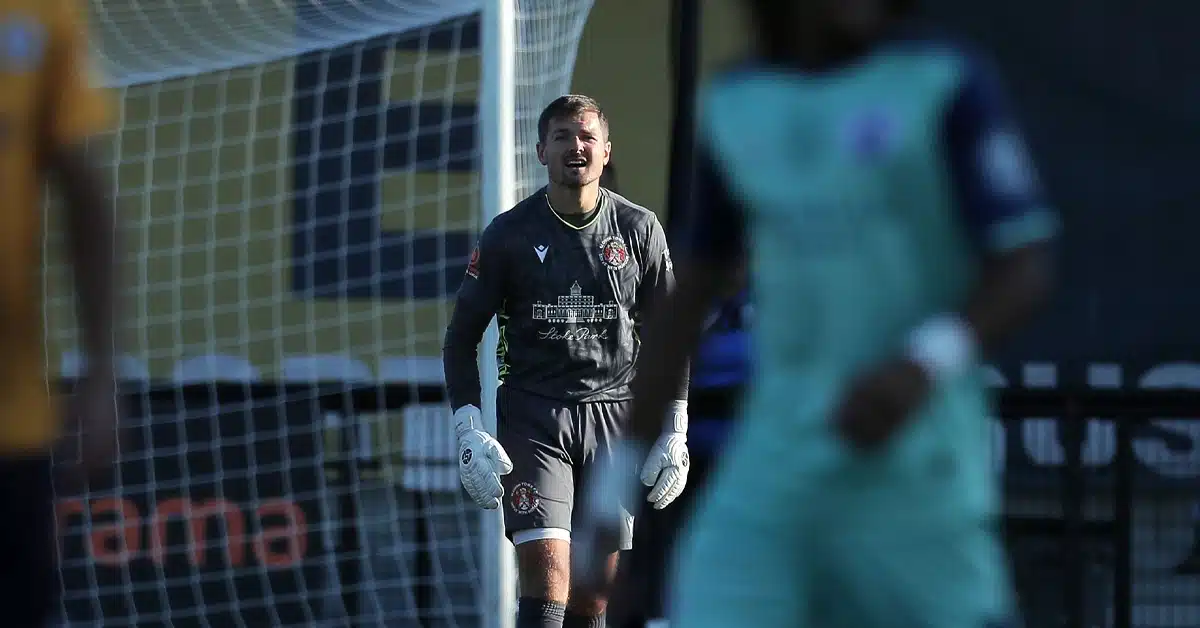Do Pro Goalkeepers Use Finger Protection?
Finger save goalkeeper gloves have sparked considerable debate among players and enthusiasts alike. These innovative features aim to meld safety with performance, but opinions vary widely. In this article, we’ll delve into the advantages and drawbacks of finger spines, combining insights from personal experiences and the broader goalkeeping community.
Advantages of Finger Spines: Finger spines, with their rigid structure, are designed to mitigate the risk of finger injuries by preventing excessive backward movement. Embedded within the glove’s backhand, they serve as a barrier against hyperextension, potentially reducing injury incidents during play. This protective mechanism appeals to many, especially those prioritizing safety in their game.
Drawbacks to Consider When Wearing Finger Save Goalkeeper Gloves
Despite their protective benefits, finger spines introduce a rigidity that some goalkeepers find limits their hand mobility. The stiffness can make basic actions like forming a fist more challenging, impacting the glove’s overall comfort and flexibility. This trade-off has led some players, particularly those valuing agility and a natural glove feel, to seek alternatives.
The Dependency Dilemma of Finger Save Goalkeeper Gloves
Regular use of finger spines might lead to a reliance on them, potentially hindering the natural strengthening process of the fingers and joints. The body’s adaptation to minor stresses and injuries, crucial for developing resilience, could be stifled, suggesting that finger spines might not be suitable for continuous use.
When Are Finger Save Gloves Most Used?
Post-injury, many goalkeepers may turn to finger spines for added protection and support during recovery. However, a balanced approach involving strength training and technique refinement, under professional guidance, is recommended for a comprehensive rehabilitation strategy. It’s noteworthy that most professional goalkeepers, backed by advanced medical and fitness support, often opt-out of finger spines, citing the need for greater flexibility and natural hand movement.
Recommendations for Parent and Young Goalkeepers When Using Finger Save Goalkeeper Gloves
For younger players, the decision to use finger spines should be made cautiously. While they offer added protection, and indeed injury prevention reassurance, fostering reliance on such features could impede the natural development of finger strength. It’s advisable to keep finger save gloves handy for specific training focuses or minor injuries, ensuring young goalkeepers develop a versatile skill set. Also, as Young Goalkeepers grow, their hand strength, hand-eye-coordination and mechanics may take longer to develop. They might find that some players start to strike really hard, and fear of injury might take hold of them. In this instance a glove with a Finger Spine may give them both that psychological advantage as well as reassurance of finger injury prevention.
When to Select a Finger Spine Glove?
Finger spines in goalkeeper gloves present a nuanced choice, balancing injury prevention with the potential for reduced hand flexibility and independence. Goalkeepers should weigh these factors based on personal preference, playing style, and professional advice. Ultimately, the right glove should enhance both performance and protection, enabling goalkeepers to play with confidence and safety.
For more insights on goalkeeping essentials and to find your perfect pair of gloves, visit our Goalkeeper Glove Shop or for more in depth information check out our Glove Cut page, Size Guide, or Glove Care Section.
Other Relevant Article: The Evolution of Modern Goalkeeping: New Goalkeeper Gloves and More


